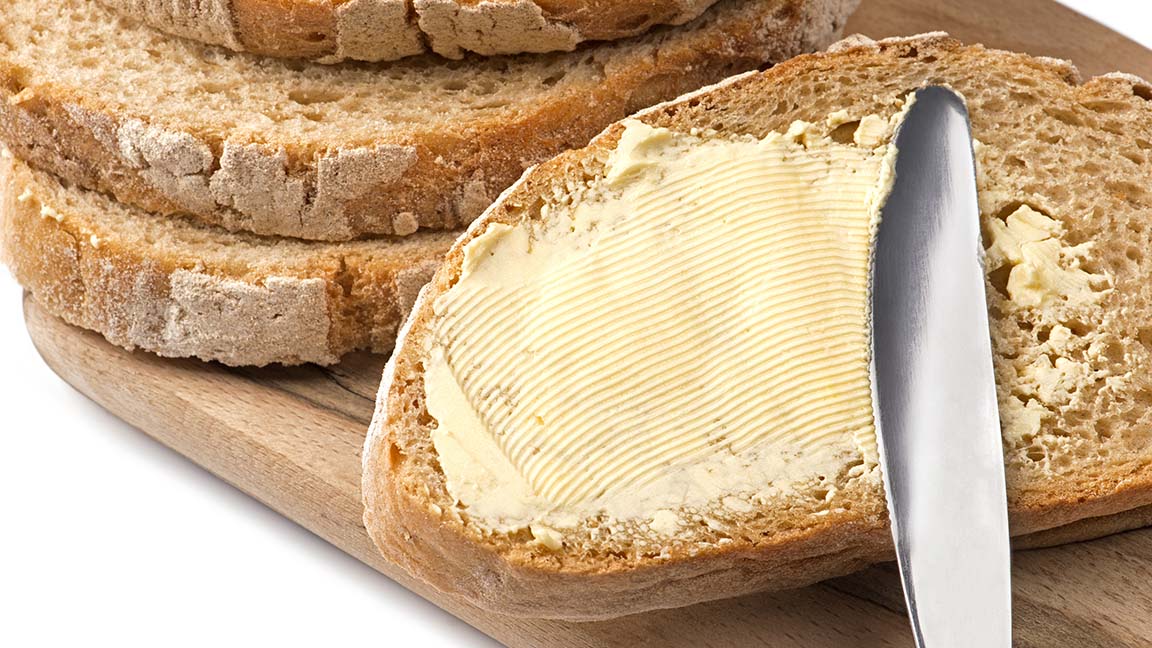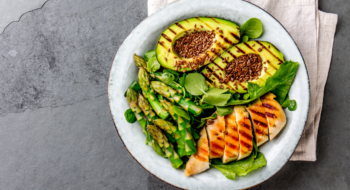The debate over whether butter or margarine is more advantageous for your health has been going on for years. With conflicting information reported in the news and evolving viewpoints on fat consumption, it’s no wonder people are confused.
Part of the problem is that researchers are still learning about fat and how it affects our health, mainly its impact on a person’s risk for heart disease.
But there are some principles that are mostly agreed upon: Not all fat is “bad” for you, and you need to consume some fat for a healthy, balanced diet. Additionally, most health experts agree that you should try to replace butter and margarine with healthier alternatives such as olive oil, canola oil and soybean oil when you can.
But for those times when you use butter or margarine, which one should you turn to? For answers, we asked Jamie Kandora, clinical nutrition manager at Tidelands Health.
Stick margarine
There was a time when dietitians and health experts advised people to switch to margarine from butter because of saturated fat; most margarine has far less of it than butter.
“An overconsumption of saturated fat has been linked to high LDL blood cholesterol levels,” Kandora says. “And that can put a person at increased risk for cardiovascular disease.”
But then the risk of trans fats came to light, and margarine didn’t look so great anymore. Trans fat has been found to suppress the production of “good” HDL cholesterol, while also raising your “bad” LDL cholesterol levels.
And since trans fat helps to solidify margarine, stick margarines generally have significantly higher levels of it than butter. For this reason, stick margarine is not an ideal choice for a heart-healthy diet, Kandora says.
Tub margarine
In comparison, tub margarine is usually free of trans fats and is made with oils like canola oil or soybean oil, making it high in polyunsaturated fats. Polyunsaturated fats can help lower the “bad” LDL cholesterol but still should not consume a large portion of your diet.
Tub margarine spreads made with olive oil are a good option, Kandora says. Monounsaturated fats, such as those found in olive oil, should be a primary fat in your diet for optimal heart health.
Still, tub margarines may contain other ingredients and additives not beneficial for health. Look for a spread with a total of three ingredients or less, she says.
Butter
Butter, which is made from churning cream or milk, contains a relatively small amount of natural trans fat. Some research has suggested that natural trans fat is less harmful than the synthetic trans fat used in some margarine products. But researchers have yet to definitively reach a conclusion as to whether one is better or worse than the other.
The main concern with butter is its high levels of saturated fat. However, saturated fat in moderation is not thought to be excessively harmful to a person’s health.
“Butter can be used daily in moderation,” Kandora says. “Butter from grass-fed animals is best because it contains omega-3 fatty acids.”
Which to choose?
At the end of the day, Kandora says people shouldn’t spend too much time agonizing over whether to use butter or margarine and instead should just focus on limiting both by replacing them with more heart-healthy fats.
“For someone that truly appreciates the taste of butter, a little is OK to flavor toast, vegetables or eggs,” she says. “For frequent cooking and sautéing, use oils with heart-healthy monounsaturated fats.”






